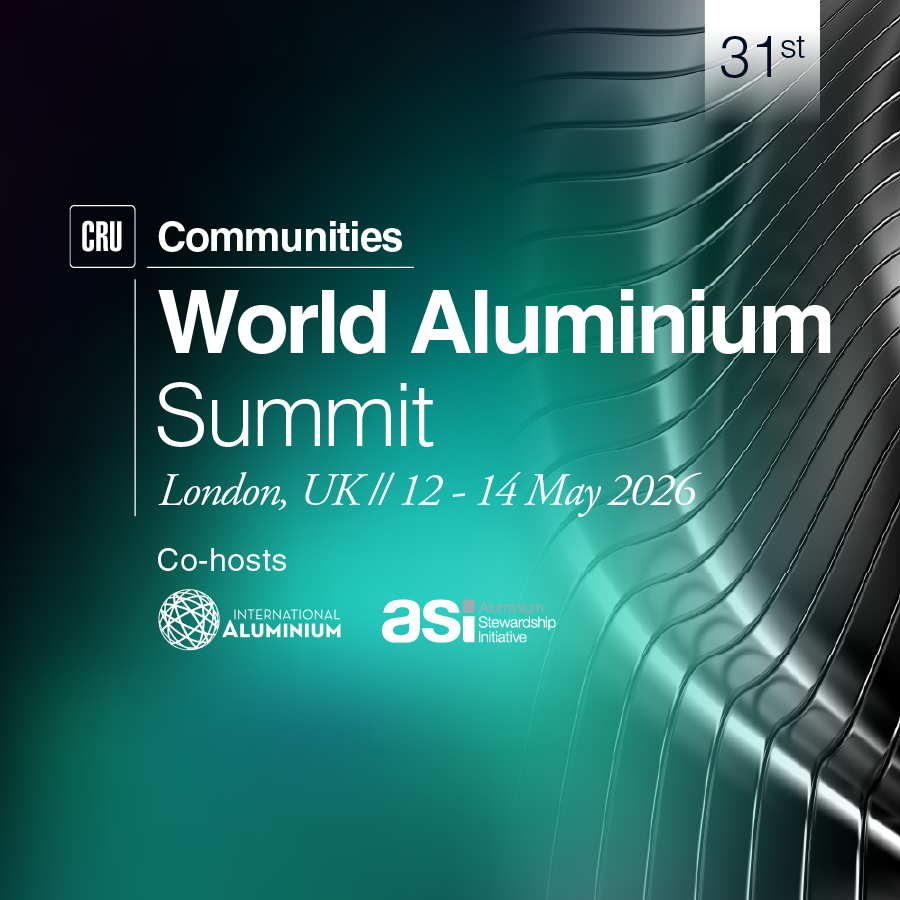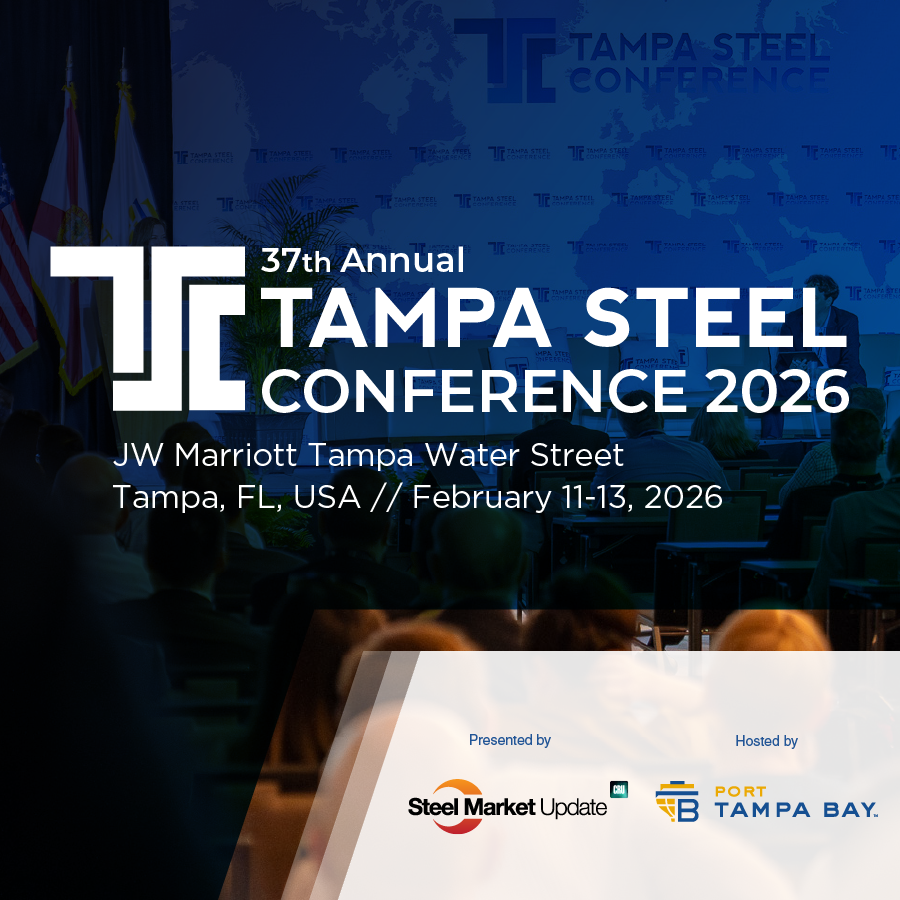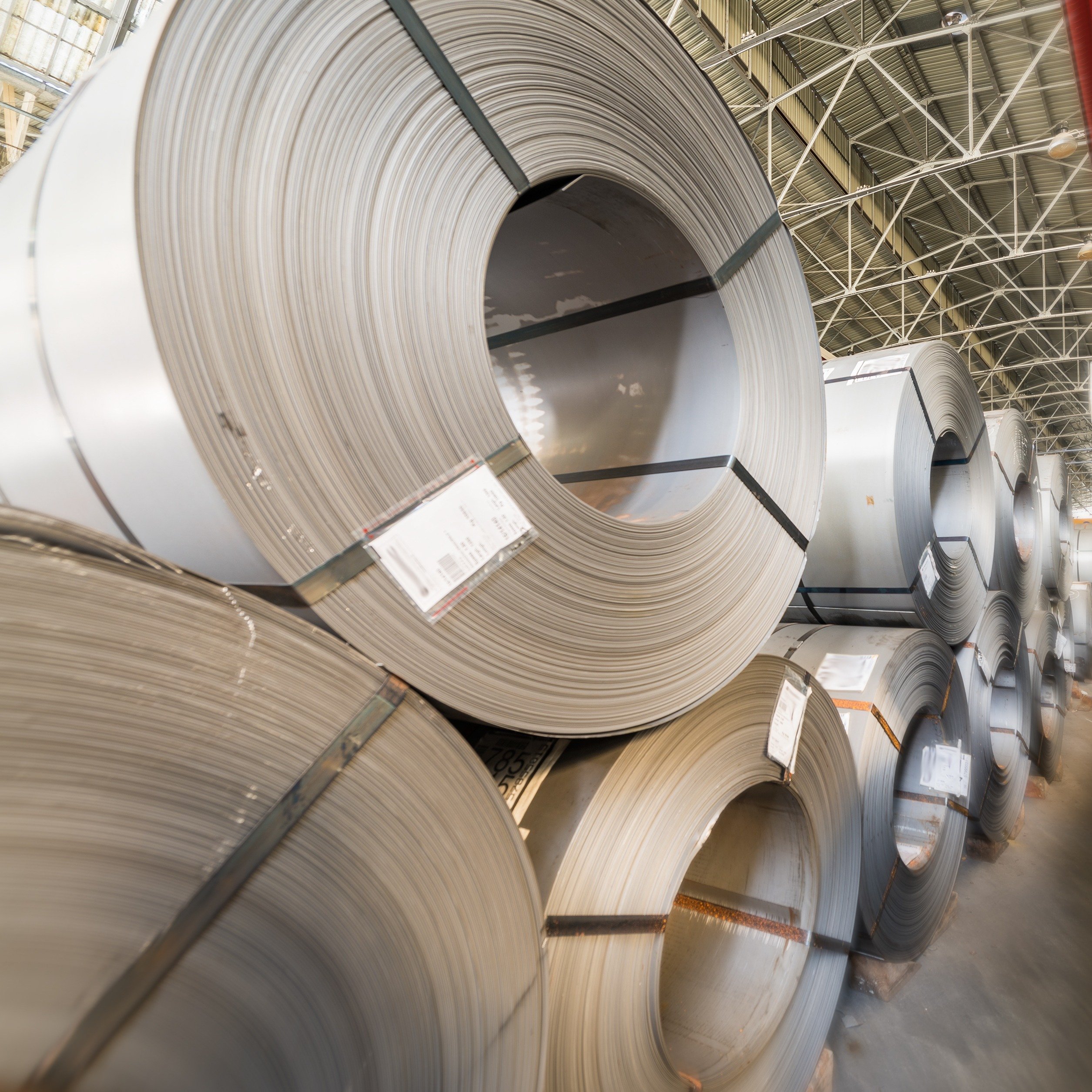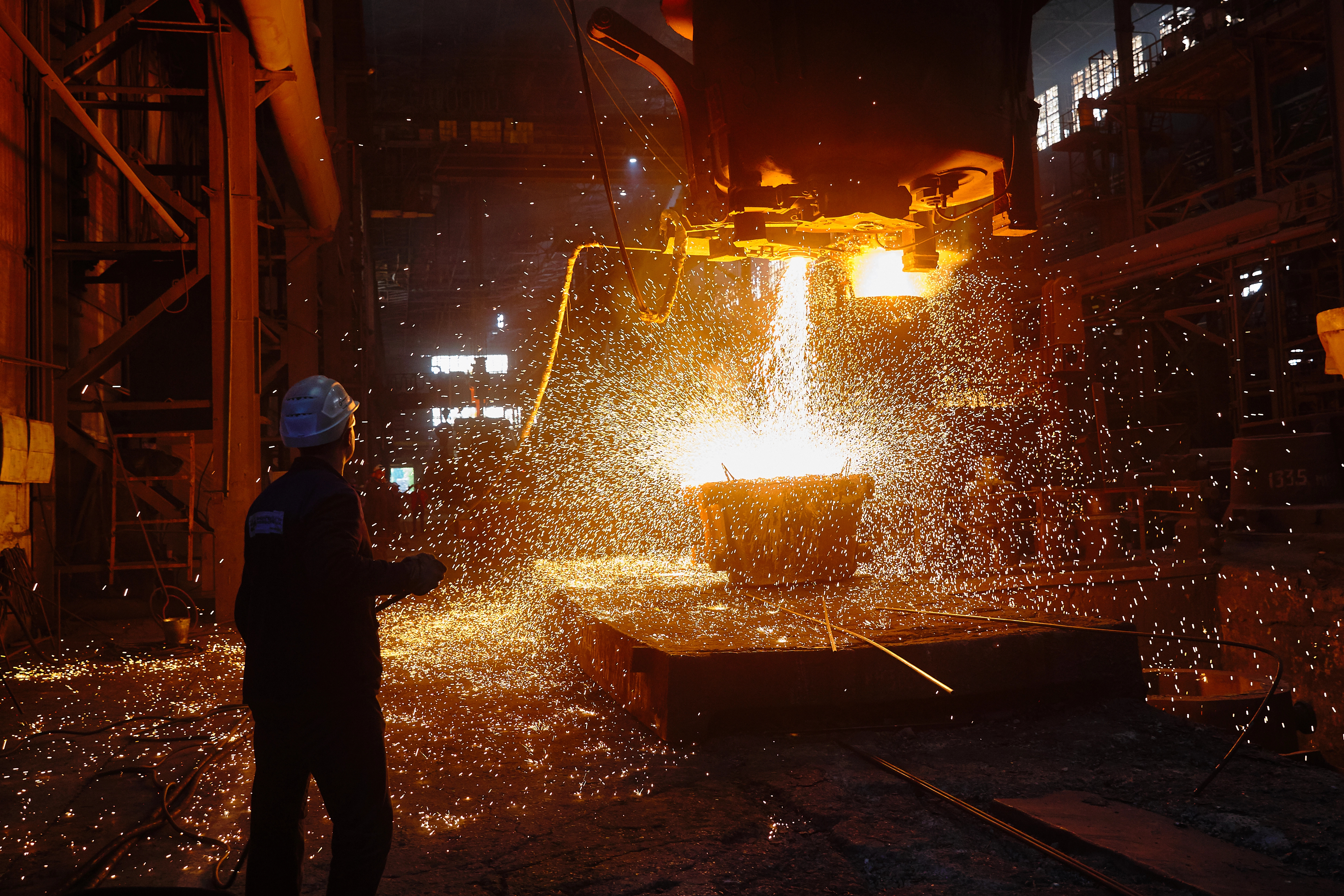News of Trump’s 25% tariff on aluminium and steel imports to US, which would lead to a surge in the US MW premium, squeeze rollers margins and increase costs for auto and can makers, while US extruders might see the biggest gains from any tariffs.
President Trump said, on Sunday 9 February, that he intends to announce plans today for a 25% tariff on imports of all aluminium and steel being imported into the US. The precise details of the ‘plan’ remain uncertain, but assuming the tariff on imported aluminium is enacted, CRU believes it will lead to a surge in the Aluminium US Midwest premium and a step change in the MW premium. The MW premium could potentially rise to around 50 ¢/lb. The US imported approximately $11bn of primary aluminium which accounted for approximately 3.8% of US imports last year.
Three scenarios to how this might play out:
The first two rely on President Trump’s tariffs being raised through the already in place Section 232. If this is the case, the next question becomes is this incremental which would bring the tariff up to 35% for non-exempt regions or will it be a move from 10% to 25% tariff. In either of these scenarios, Canada’s exemption status will play a major role in how the premium climbs in response.
Possible restarts of idled capacity but imports still required
Such a surge in the US MW premium, if maintained, would likely lead to US primary producers dusting off plans for restarts of idled capacity.
We had already been expecting Century to restart capacity at Mt Holly later this year and that next year they would restart the Hawesville smelter.
Alcoa also has one idle potline at Warrick and the New Madrid smelter has been idle for just over a year.
Even if all this capacity was to restart fully, which is far from certain, the US would still need to import more than half of its primary aluminium requirement. In addition, it is far from certain that this on its own would be sufficient for additional capacity to be built in the US given prevailing availability and price of power.
Will downstream producers face a cost squeeze?
This also comes a time when the scrap market is tightening with major remelt slab and billet investments ramping up. Rolling mills were already looking more to prime to offset the tighter scrap spreads and the higher Midwest premium will squeeze them on both sides. If the Trump’s tariffs are extended for any significant period, this could pressure the operating profits of rollers if the rising cost pressures can’t be fully passed on.
Increased costs for auto and can makers in the USA
A significant increase in the US MW premium would be passed on to downstream producers, and therefore it would be crucial for their competitiveness that all US imports of aluminium, including semi-fabricated products, were included. As otherwise it would leave them at a significant cost disadvantage to imported semis. Assuming that semi-fabricated products are included in the 25% tariff announcement, it would mean that final end-use consumers face a substantial increase in the cost of their products from both the rise in the ingot US MW premium and expected increased in conversion fees.
Key examples of this include increased costs for automakers and beverage can makers in the USA. That in turn would squeeze their margins and/or raise final prices in the US market with inflationary impacts. What’s more, it could lead to demand destruction, both in terms of consumers only affording less and making aluminium less competitive against competing materials other than steel e.g. PET and copper in certain applications.
US extruders could see the biggest gain from any tariffs
Extrusions are currently excluded from Section 232 and the US Aluminum Extruders Coalition suffered a major setback in their trade case last year as the last review panel decided not to take action. Imports of extrusions and structures that contain extrusions have held between 15-20% of market share since 2018 so any tariff protection would immediately benefit domestic producers.
In January, we were looking at US Tariffs being the wild card for Aluminium in 2025. Continue to follow our Insight series for detailed discussions on this topic in upcoming segments.

















